Reasons Why Operators Should Mind (and Mine) Their Big Data (Part 1 of 2)
 Real information power comes when operators begin to consolidate and review all their data, to reveal the complete picture they need to make better business decisions.
Real information power comes when operators begin to consolidate and review all their data, to reveal the complete picture they need to make better business decisions.
By Dave Bennett
Culinary educators know their students seek out the foodservice industry for many reasons: They simply love to cook, they excel in the high-energy foodservice environment and they see long-term career potential and an opportunity to make a name for themselves.
Few, if any, culinary students will profess they are in it for the statistics.
Minding the numbers goes beyond containing food or labor costs. Effectively leveraging restaurant information can be the key to profit and financial success. It can be the difference between driving defensively, stuck forever in the right lane, versus pulling away from gridlock to lead the competition.
There are three main reasons that operators should mind (and mine) their business data. This article will address two of those reasons; the third reason will be covered in the second article in this series.
#1: Information is power
Harnessing a restaurant business’ information can, and should, ultimately increase earnings. Information is power, power that can be converted into dollar signs. The trick is to learn how to put that information to its best use.

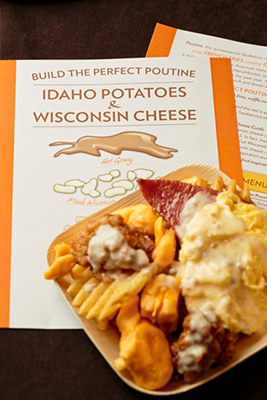
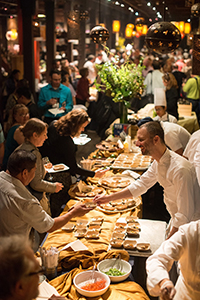 For 17 years, Worlds of Flavor in Napa Valley has been considered by the industry to be America’s most influential professional forum on world cuisines, food cultures and flavor trends. This year’s event didn’t disappoint.
For 17 years, Worlds of Flavor in Napa Valley has been considered by the industry to be America’s most influential professional forum on world cuisines, food cultures and flavor trends. This year’s event didn’t disappoint. An understanding of “putting in place” is one of the most important skills for culinary students to learn and practice in becoming professionals. Says Dr. Mayo, proper mise en place is actually composed of three parts—all of which do double duty in the kitchen and dining room.
An understanding of “putting in place” is one of the most important skills for culinary students to learn and practice in becoming professionals. Says Dr. Mayo, proper mise en place is actually composed of three parts—all of which do double duty in the kitchen and dining room. Telling people to be the best they can be allows them to quit striving whenever they want. To be the best in your field, however, one must always strive for the next level. This is the generations-long American Dream that we, as teachers, offer our students.
Telling people to be the best they can be allows them to quit striving whenever they want. To be the best in your field, however, one must always strive for the next level. This is the generations-long American Dream that we, as teachers, offer our students.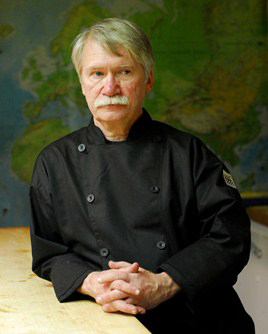 What can the graduate do for the school? Says Chef Sorgule, the proper question should be, What can the school do for the graduate?
What can the graduate do for the school? Says Chef Sorgule, the proper question should be, What can the school do for the graduate?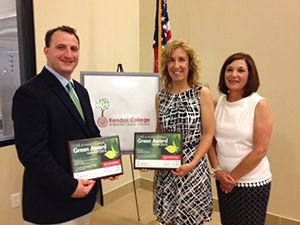 High-school culinary-arts programs in Grand Rapids, Mich., and Batavia, N.Y., earn honors for exemplary practices in—and innovative teaching of—ecological sustainability.
High-school culinary-arts programs in Grand Rapids, Mich., and Batavia, N.Y., earn honors for exemplary practices in—and innovative teaching of—ecological sustainability.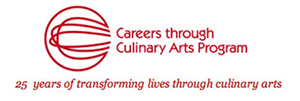 On Monday, May 11, fine-dining connoisseurs are invited to enjoy the modern French cuisine of Mélisse (
On Monday, May 11, fine-dining connoisseurs are invited to enjoy the modern French cuisine of Mélisse (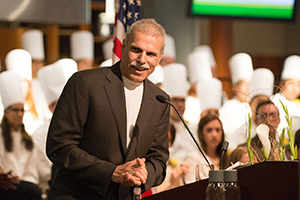 Peter “Pete” Mondavi, Jr., scion of one of Napa Valley’s leading winemaking families, was keynote speaker at the March 27, 2015, graduation ceremony for the Accelerated Wine and Beverage and Accelerated Culinary Arts certificate programs at The Culinary Institute of America at Greystone in St. Helena, Calif. Mondavi advised graduates to use their newly honed skills to help people’s dining experiences become a break from the fast-paced cell-phone world.
Peter “Pete” Mondavi, Jr., scion of one of Napa Valley’s leading winemaking families, was keynote speaker at the March 27, 2015, graduation ceremony for the Accelerated Wine and Beverage and Accelerated Culinary Arts certificate programs at The Culinary Institute of America at Greystone in St. Helena, Calif. Mondavi advised graduates to use their newly honed skills to help people’s dining experiences become a break from the fast-paced cell-phone world.